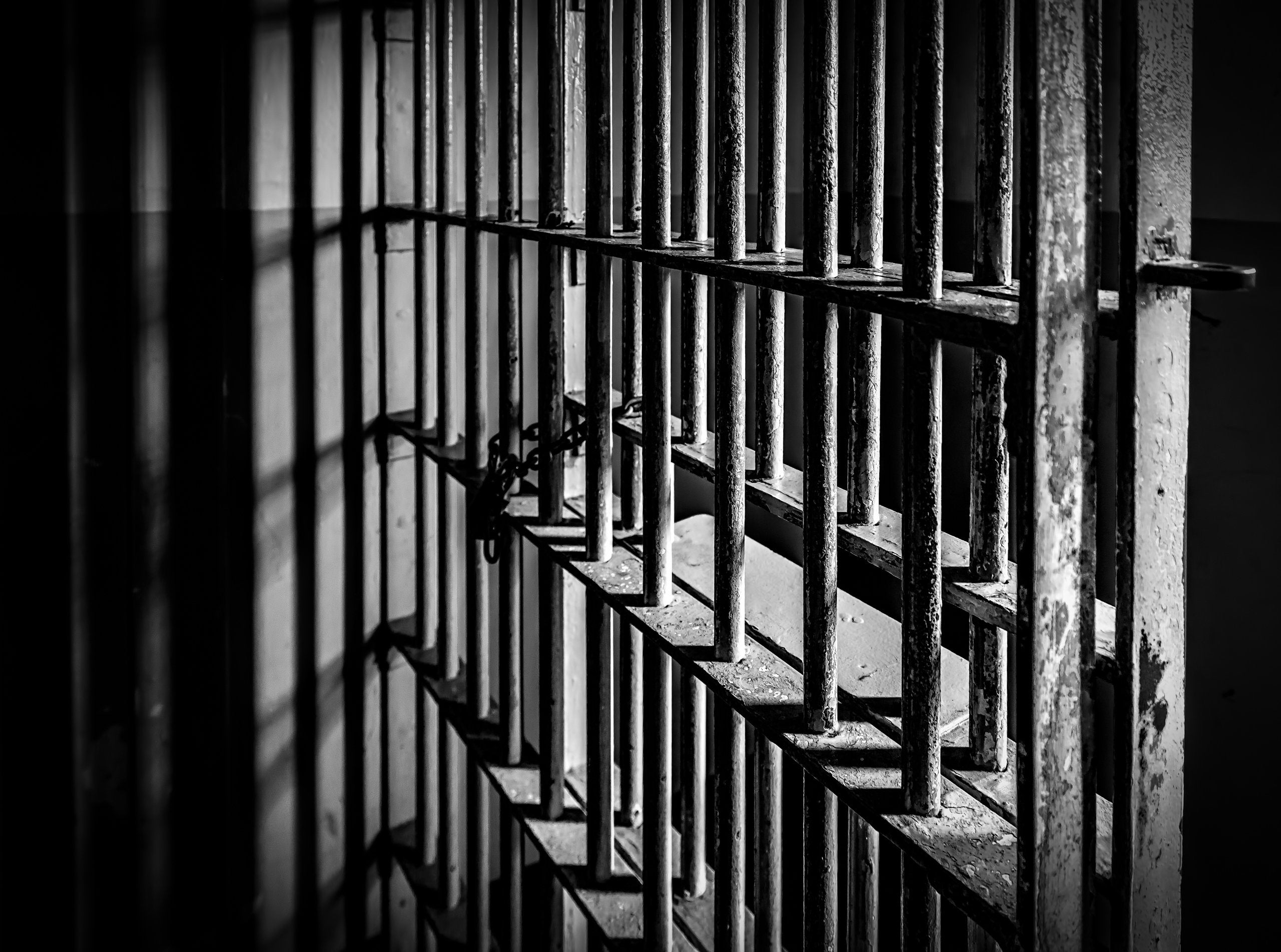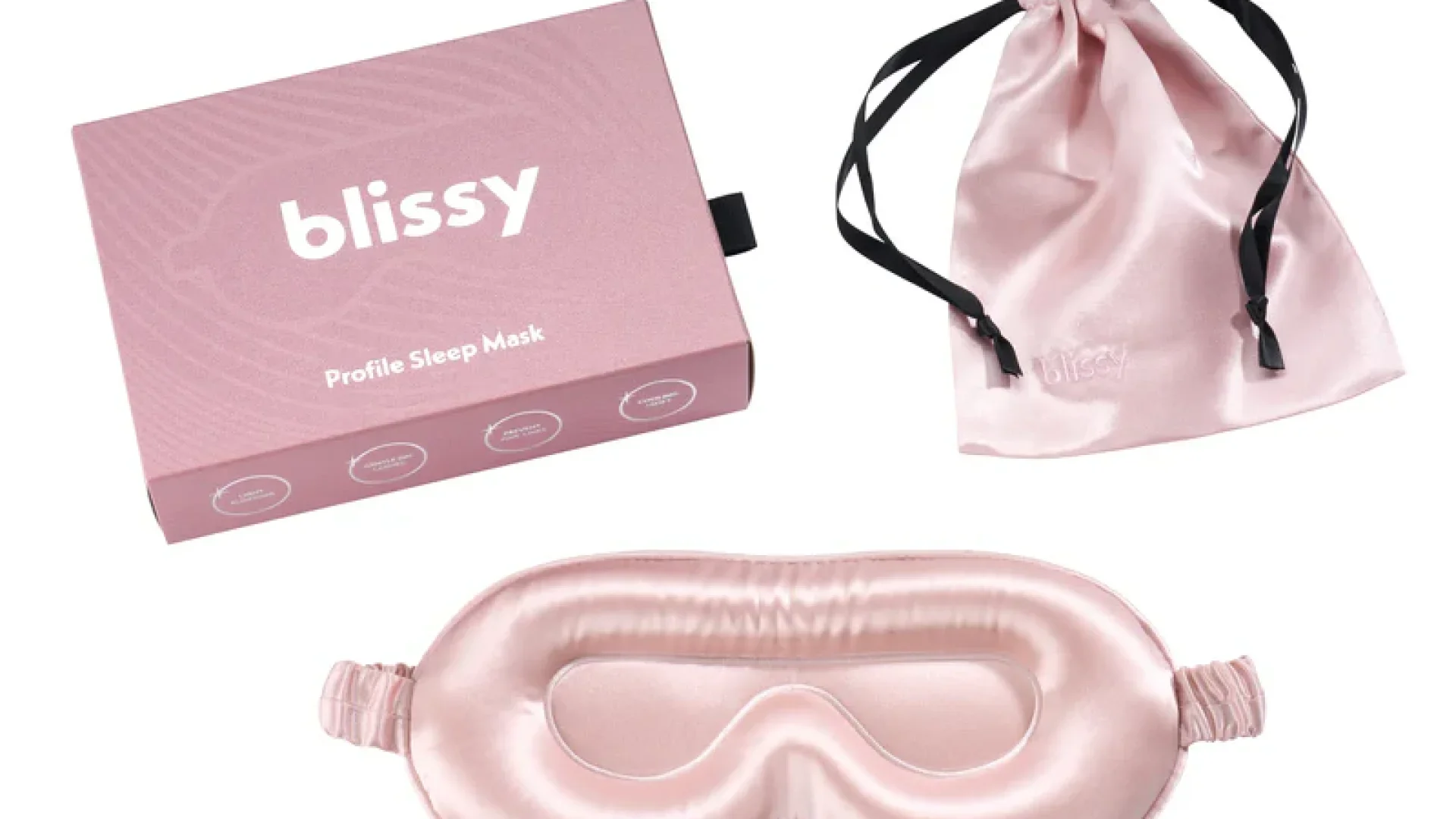
For years, we’ve been offered a false choice on criminal justice policy. A choice that suggests one is either soft on crime or tough on crime. Instead, we should be asking, “are we smart on crime?”
I can tell you on the issue of incarcerated women, we need to be smarter. There are 215,000 women sitting in American jails and prisons right now. Nearly one-third of all female prisoners in the world are right here in the United States. The fastest-growing segment of our prison and jail population is women.
There are women in prison and jail facilities that don’t support basic hygiene or reproductive health. There are incarcerated women subjected to the threat of sexual violence, when they are being supervised by male guards in the bathroom or shower. There are women who are shackled while they are pregnant and in some states, while they give birth. That’s wrong. The answer is not to build more prisons. The answer is certainly not to privatize those prisons. And, the answer is not to return to relying on mandatory minimum sentencing.
An incarcerated woman also means that a family will be impacted. Nearly 80 percent of incarcerated women are mothers. Most have children who are under 18 years old and half of the incarcerated women in our country are more than 100 miles away from their families. Data shows us that phone bills for a family during the life of the sentence can be as much as $30,000. It’s just not right.
Research shows us that incarceration of the head of a household can result in a two-third decline in the assets of that household. So, in addition to the human cost, there are real economic costs associated with this issue.
I know many people will read this and they’ll think, “this issue doesn’t impact me, I don’t know anybody in jail. I’ve never been to jail.” But it does. It impacts you in terms of crimes that may be committed in your community. It impacts you in terms of wasteful drains on our public systems. It impacts you if you think of yourself as being a member of a civil society.
The answer is to reevaluate what we are doing and think about how we are treating women in the system before, during, and after incarceration. We all know from the public health model that one of the best, most effective, and cheapest ways to deal with an epidemic, health or crime, is prevention first. But what are we doing in terms of prevention before a woman has to be incarcerated?
For example, 8 out of 10 women in the criminal justice system have experienced some level of abuse. A large number have experienced abuse at the hands of someone who was in a position of trust, taking the form of child sexual abuse. Many who have faced abuse as a child also face domestic violence later in life. We need to be addressing trauma and treating it in healthy ways, and giving these women options and accessibility to everything that can be available to help them treat their trauma.
In addition to prevention, we must also address the hundreds of thousands of women who are currently incarcerated by making sure they aren’t just serving time, but using time. When I was home in California a few weeks ago, I visited with the women in the Chowchilla state prison. Located in Chowchilla, California, it’s said to be the largest facility for women in the world. I was there because I wanted to spend some time with the folks and talk with them about the conditions they’re living in.
These women were extraordinary. No facility is perfect, but they’ve engaged in some innovative practices around mental health treatment, group therapy, job training and apprenticeships. And, one of the things that I found to be unexpected is that the women having gone through the programs — many of whom had committed serious and violent offenses — had an incredible amount of optimism about themselves and what they could be when they got out. I found that encouraging — it truly reflects the age-old concept that transcends every religion.
The concept of redemption.
If we want to see formerly incarcerated people get out of prison and stay out of prison, then all of us have to be willing to step up and give people a shot at redemption. We will all make a mistake, and for some of us that mistake will rise to the level of being a crime. And yes, there must be accountability and consequence. But is it not the sign of a civil society that we allow people the space and the ability and the resources to earn their way back?







We all, almost every day, put our hand over our heart and pledge allegiance to the flag of the United States of America. Well, at Chowchilla, a lot of those flags are actually being made by those women. And when I walked out of the room where they were doing everything from cutting the fabric to doing the silk screen and pushing the paint right through the stars and through the stripes, there was something about that symmetry that left me thinking.
“Isn’t it part of who we are as Americans that we believe in second chances?”
Senator Kamala D. Harris (@SenKamalaHarris) represents California in the United States Senate.






